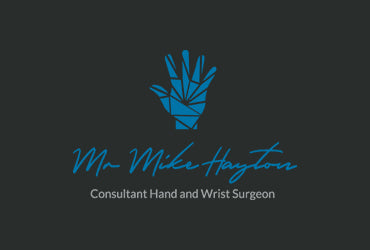A systematic Review and Meta-Analysis of Randomized Controlled Trials
The authors of this review collated data from eight randomized, controlled trials comparing the surgical and conservative treatment for acute, nondisplaced and minimally displaced scaphoid fractures in adults.
Nondisplaced and minimally displaced scaphoid fractures are considered stable by most surgeons, with predictable rates of healing demonstrated in several studies.
This review looks to compare previous research and summarise the best available evidence.
Medical literature between 1966 and 2009 was collated via a systematic literature search.
From the 419 patients that were included, 207 patients were treated surgically and 212 were treated conservatively.
This review was reported following the QUOROM (Quality of Reporting of Meta-Analyses) guidelines.
Primary outcome measures of this review were based on several hand and wrist scores, including Disabilities of Arm, Shoulder and Hand (DASH), PEM, and Patient rated wrist evaluation (PRWE). These scores are also used in Mr Mike Hayton's practice, for patients undergoing an operative procedure.
The second outcome measure for this review looked at range of motion and grip strength in patients.
Of the 8 studies reviewed, based on functional outcome and time off work, results suggested surgical treatment is favourable for acute nondisplaced and minimally displaced scaphoid fractures over conservative treatment. However results also showed surgical treatment poses increased risks, therefore the long term risks and short term benefits should be weighed up with the consultant in clinical decision making.
Mr Mike Hayton has very clear thoughts on how he treats scaphoid fractures. All scaphoid fractures that are in the proximal pole and therefore at highest risk of no healing are fixed with a headless screw in an operation. This is often performed through minimal access surgery. All displaced fractures are also fixed. The difficult decision comes with an undisplaced waist fracture. If this were treated without an operation but in a cast alone it would have a 85% chance of healing. However the patient may be in a cast for 6-12 weeks. If the same patient has an operation and the scaphoid fracture fixed with a screw the time in a plaster cast is significantly reduced to a week or two depending upon quality of fixation. There are of course risks associated with operations and it is commonly known that the more of a particular operation a surgeon performs then the risk is reduced.
Mike Hayton is a full time hand, wrist and elbow surgeon and last year performed 36 scaphoid fixations, which would be considered a good volume to maintain skill levels.
Gerrt A. Buijze, Job N. Doornberg, John S. Ham, David Ring, Mohit Bhandari and Rudolf W. Poolman
The Journal of Bone and Joint Surgery, Volume 92-A. Number 6. June 2010.

